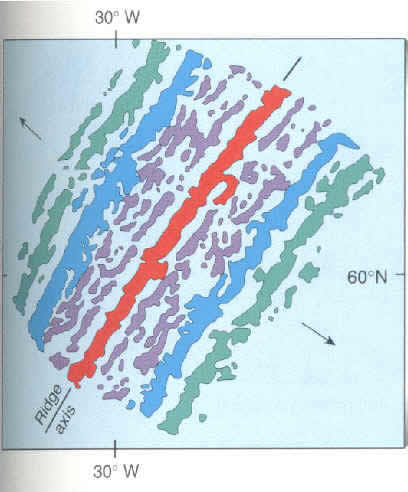Seismicity
- the
Inner Earth
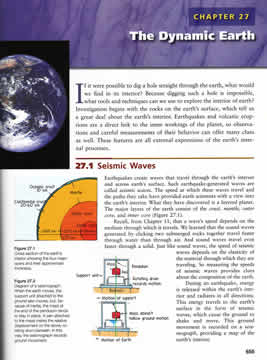
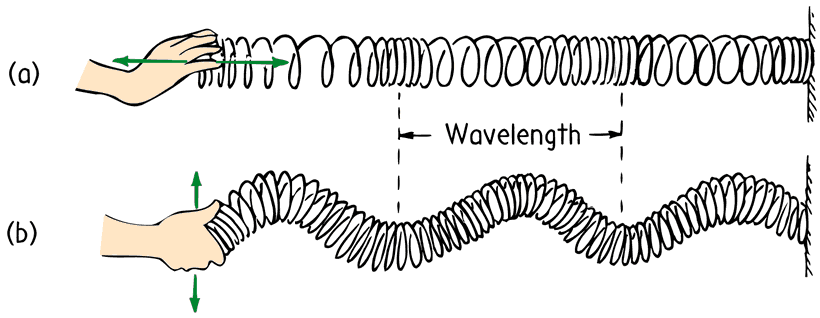
Shear waves
Seismic Motion
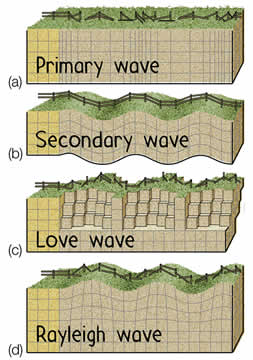
Savage Earth Animations
Recent Earthquakes in California and Nevada
4-D Animation
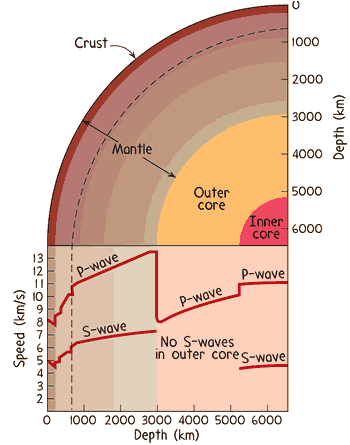
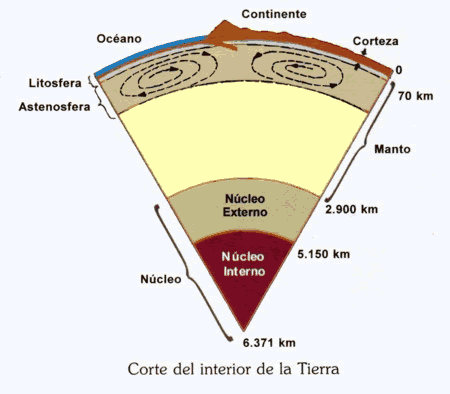
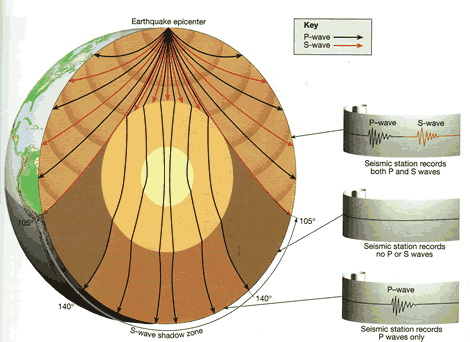
Magnetometry
Ground-Penetrating Radar
Electromagnetics
Electrical Resistivity
Seismic Reflection/Refraction
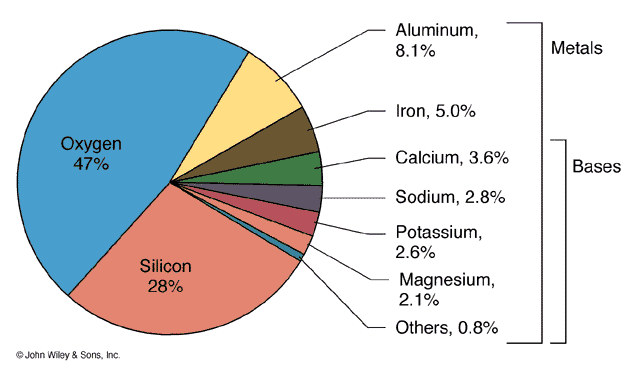
The Elements of Life
It is reasonable to assume that life, wherever it might begin, would form itself out of the most abundant elements available to it. This does not mean that life based on such rare elements as holmium or hafnium could not exist, only that it would be very unlikely. In nature there are 85 stable elements (from hydrogen to uranium) and just four of them - hydrogen, carbon, nitrogen and oxygen - comprise more than 95% by weight of all living matter on Earth. Except for the gases helium and neon (which because of their inert nature do not form chemical compounds), these four elements are also the four most abundant elements in the universe. Curiously, they are not the four most abundant elements on Earth (these are oxygen, iron, silicon and magnesium). In other words, the composition of living matter resembles the composition of the stars more than the planet we live on! Perhaps it is not surprising, therefore, that several people have proposed theories to suggest that life arrived on Earth rather than originated here (among them Lord Kelvin, Nobel prizewinner Francis Crick, and astrophysicist Fred Hoyle).
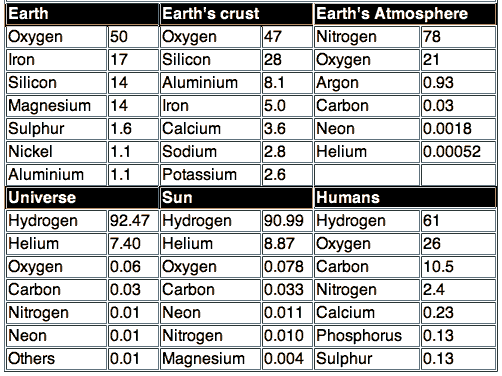
Plate
Tectonics is a relatively new theory that has
revolutionized the way geologists think about the Earth.
According to the theory, the surface of the Earth is broken
into large plates. The size and position of these plates
change over time. The edges of these plates, where they
move against each other, are sites of intense geologic
activity, such as earthquakes, volcanoes, and mountain
building. Plate tectonics is a combination of two earlier
ideas, continental drift and sea-floor spreading.


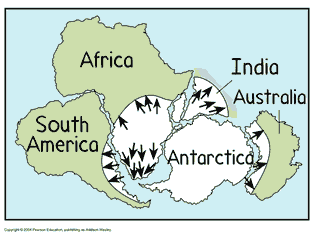
The Southern Climate of Pangea was dominated by widespread glaciation. Paleomagmetic data suggests that Pangea was drifting as a unit across the South Pole.
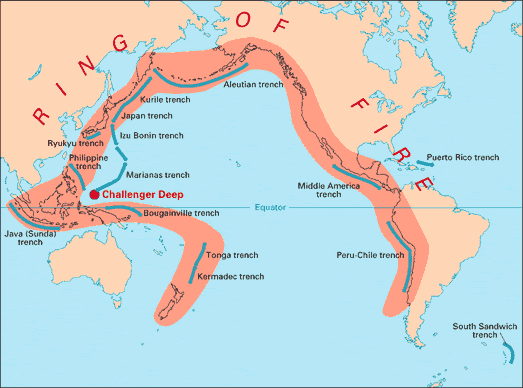

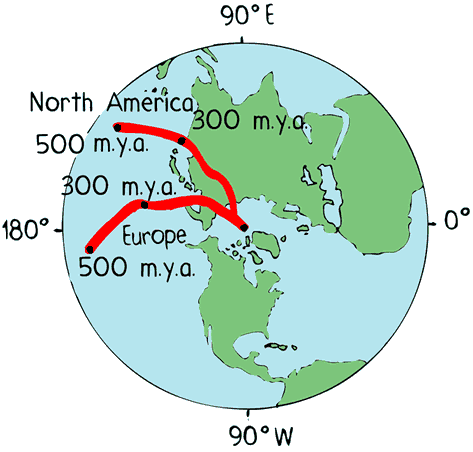
The
study of the intensity and orientation of the earth's
magnetic field as preserved in the magnetic orientation
of certain minerals found in rocks formed throughout geologic
time.
Paleomagnetic studies of rocks and ocean sediment have demonstrated that the orientation of the earth's magnetic field has frequently alternated over geologic time.
Paleomagnetic studies of rocks and ocean sediment have demonstrated that the orientation of the earth's magnetic field has frequently alternated over geologic time.

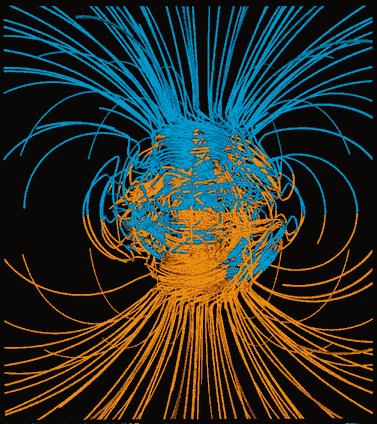
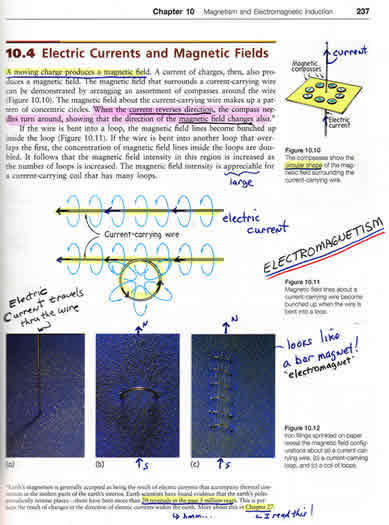
"where are you?"
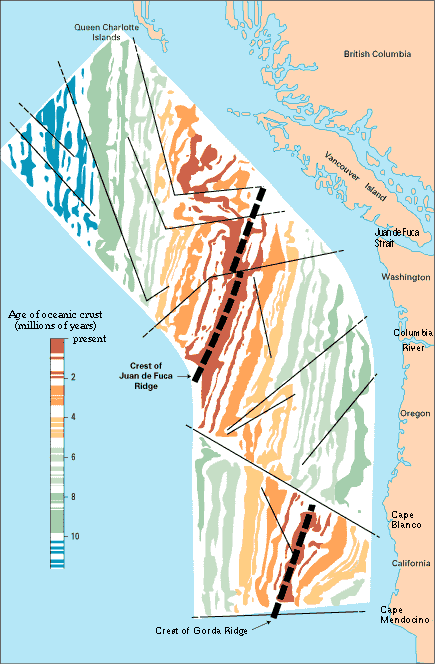
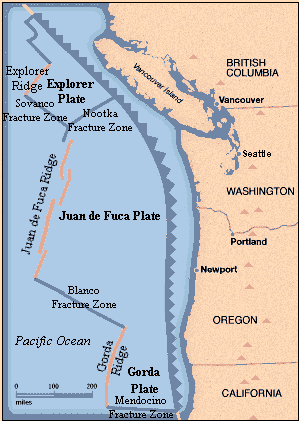
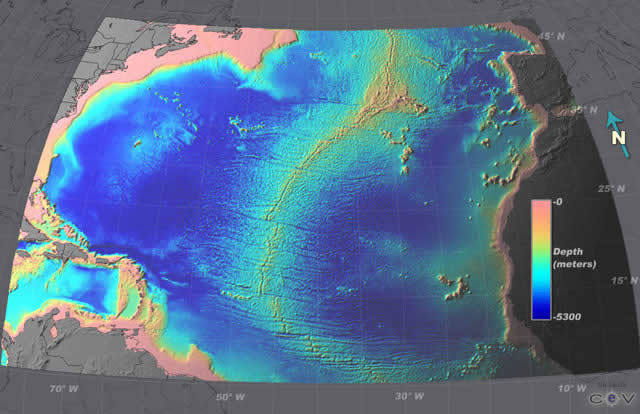
These
are the
Magnetic Stripes
that are sensed using a magnetometer and a ship or plane passing over the
Mid-Atlantic ridge.
Magnetic Stripes
that are sensed using a magnetometer and a ship or plane passing over the
Mid-Atlantic ridge.
